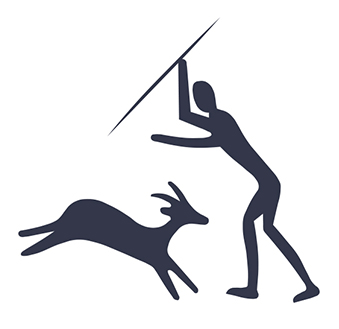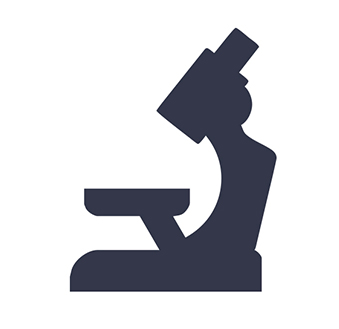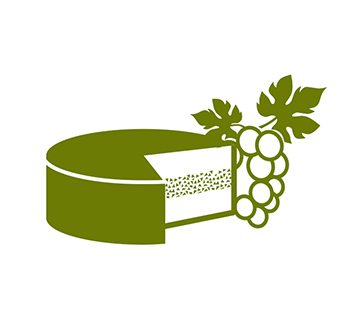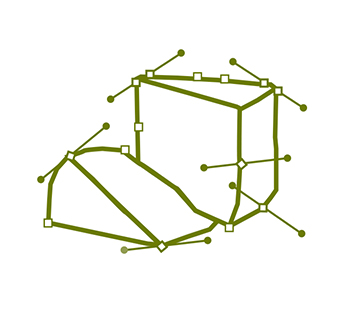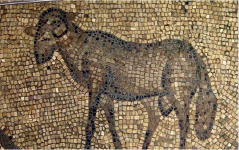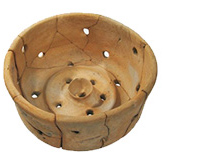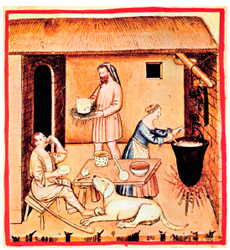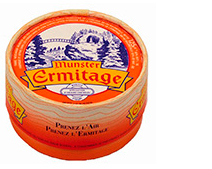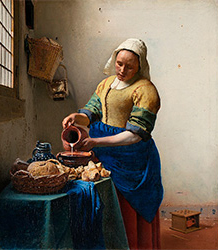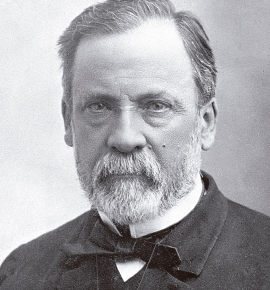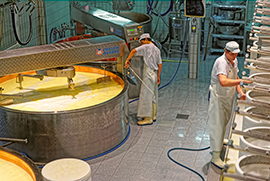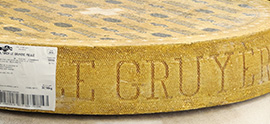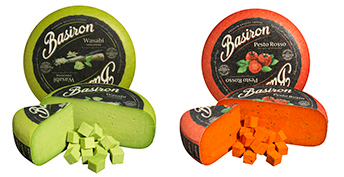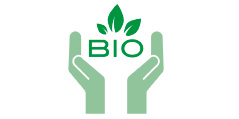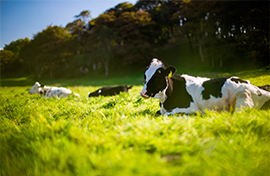The culture of cheese
We like to tell stories
Cheeses tell our story
A journey through the history of humanity with the great milestones of cheese, closely linked to crucial moments for human beings. From the Neolithic to the present day, the evolution of cheese is a fascinating journey where innovation and tradition; craftsmanship and scientific and technical advances; food, culture and pleasure come together from the beginning.
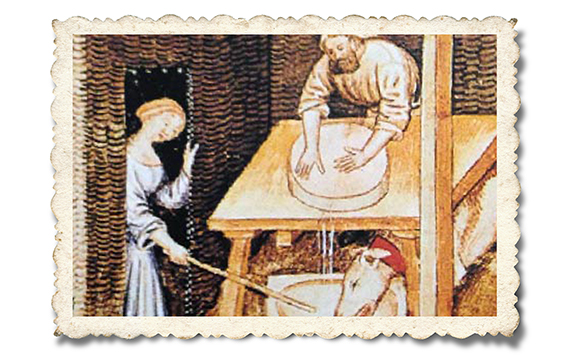
At the end of the Stone Age, shepherding appears... and cheese making. The Roman Empire extends its borders... and its knowledge of curdling milk. And there is more: the culture in medieval monasteries, the great scientist Pasteur... We invite you to discover the role of cheese in each stage of our history. Do you want to know them?
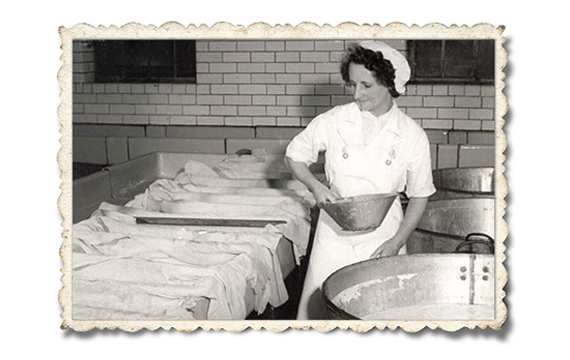
At the end of the Stone Age, shepherding appears... and cheese making. The Roman Empire extends its borders... and its knowledge of curdling milk. And there is more: the culture in medieval monasteries, the great scientist Pasteur... We invite you to discover the role of cheese in each stage of our history. Do you want to know them?
Cheese throughout history
